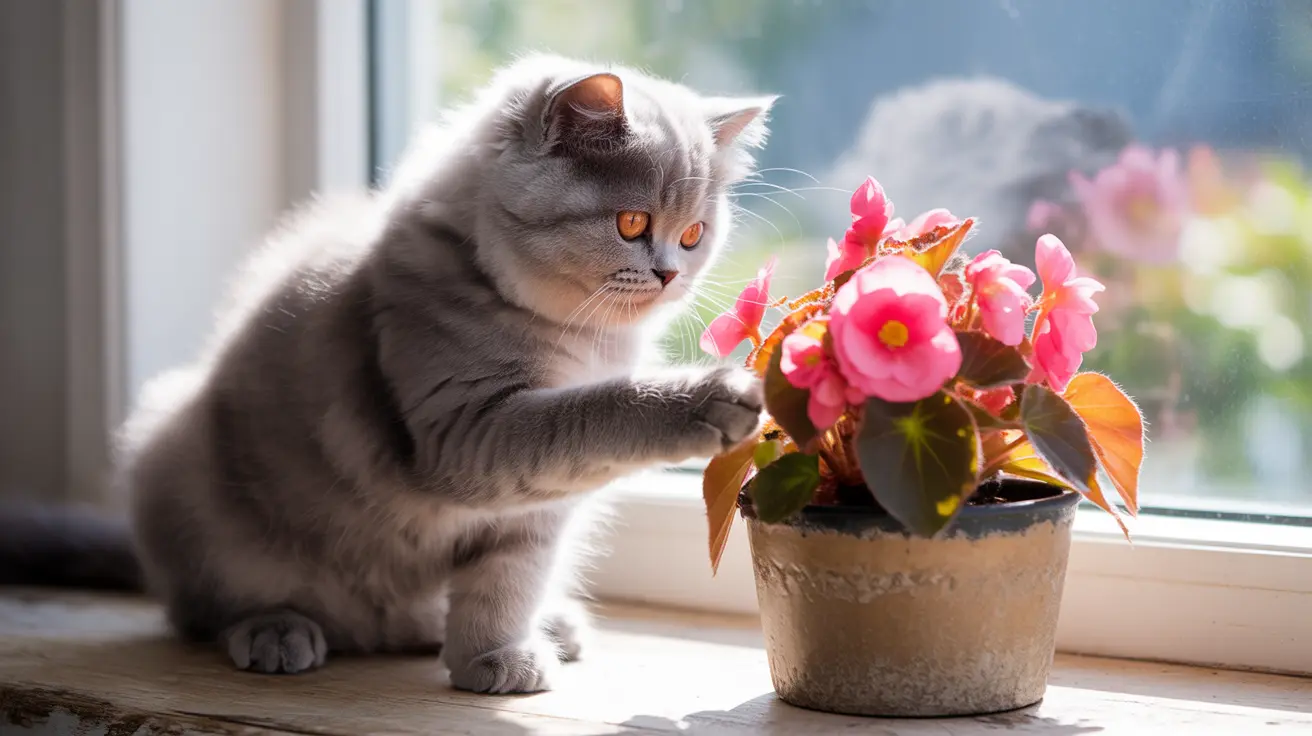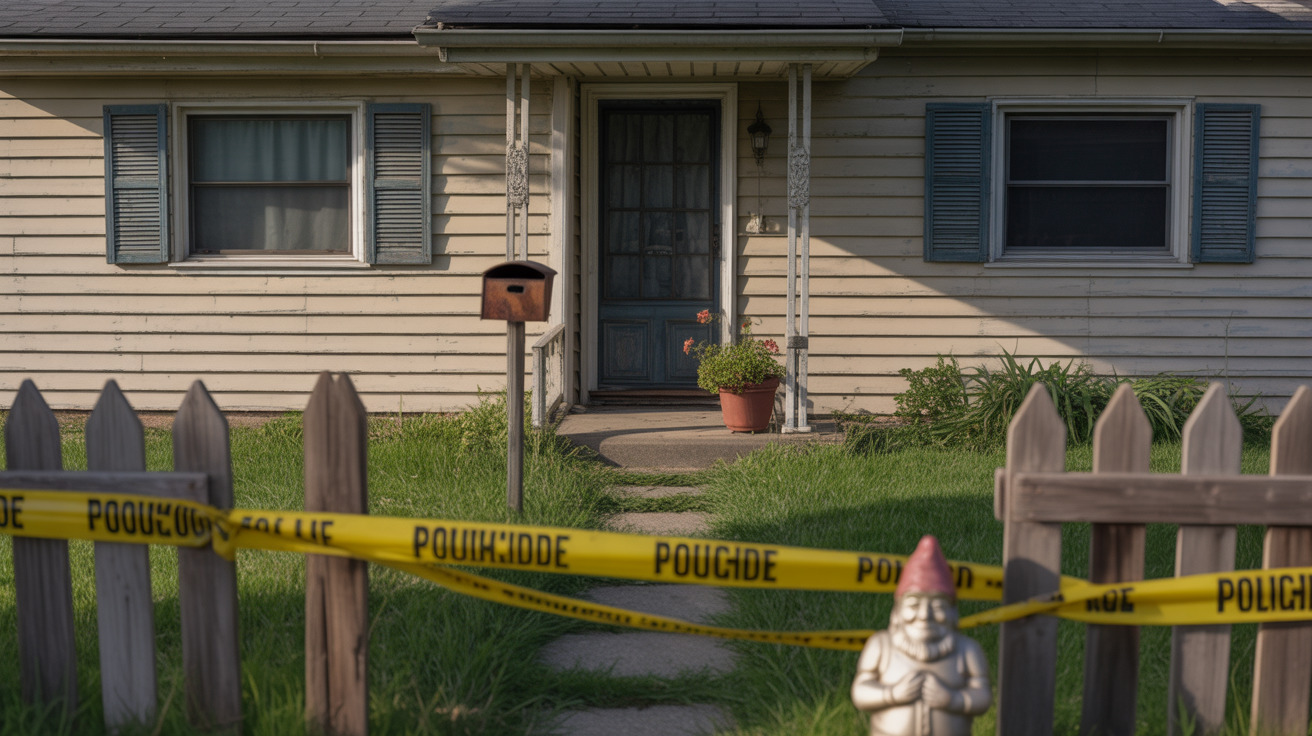Understanding Begonia Toxicity in Cats
Begonias, while beautiful and popular houseplants, pose a significant health risk to our feline friends. These ornamental plants contain insoluble calcium oxalate crystals that can cause immediate distress if ingested by cats. Whether you're a cat owner considering adding begonias to your home décor or dealing with potential begonia exposure, understanding the risks and symptoms is crucial for your pet's safety.
The most dangerous parts of begonias are their roots and tubers, which contain the highest concentration of toxic compounds. However, all parts of the plant, including leaves and stems, can cause adverse reactions in cats. Let's explore what makes these plants harmful and how to protect your feline companion.
How Begonias Affect Cats
When a cat bites into any part of a begonia plant, the insoluble oxalate crystals immediately begin causing irritation. These microscopic crystals can pierce the sensitive tissues in your cat's mouth, throat, and digestive system, leading to immediate discomfort and pain.
The toxic reaction typically begins within minutes of ingestion, as the crystals start damaging the delicate tissues they contact. This rapid onset of symptoms often prevents cats from consuming large quantities of the plant, which is fortunately a natural defense mechanism.
Recognizing Signs of Begonia Poisoning
If your cat has encountered begonias, watch for these common symptoms:
- Excessive drooling or foaming at the mouth
- Pawing at the face or mouth
- Difficulty swallowing
- Vomiting or retching
- Loss of appetite
- Visible irritation around the mouth
- Swelling of the tongue or lips
These symptoms typically appear quickly after ingestion and can last for several days without proper treatment. The severity often depends on how much plant material was consumed and which parts of the plant were involved.
Immediate Actions and Treatment
If you suspect your cat has ingested begonia, take these immediate steps:
- Remove any remaining plant material from your cat's mouth if possible
- Contact your veterinarian or animal poison control immediately
- Preserve the plant or plant parts for identification
- Monitor your cat's symptoms and breathing
Veterinary treatment typically focuses on supportive care, including:
- Fluid therapy to prevent dehydration
- Pain management
- Medication to reduce inflammation
- Careful monitoring of organ function
- Dietary modifications during recovery
Prevention and Safe Alternatives
The best way to protect your cat from begonia poisoning is prevention. Consider these safety measures:
- Remove all begonias from your home or ensure they're completely inaccessible to cats
- Opt for cat-safe plants like spider plants, Boston ferns, or cat grass
- Create designated plant areas that cats cannot access
- Use deterrent sprays around plant areas
- Provide plenty of cat-safe enrichment activities to reduce interest in plants
Frequently Asked Questions
What parts of begonia plants are toxic to cats and why?
All parts of begonia plants are toxic to cats, with roots and tubers being the most dangerous due to their high concentration of insoluble calcium oxalate crystals. These crystals cause immediate tissue irritation upon contact.
What symptoms should I watch for if my cat ingests begonia?
Watch for excessive drooling, pawing at the mouth, vomiting, difficulty swallowing, loss of appetite, and visible irritation or swelling around the mouth area. These symptoms typically appear within minutes of ingestion.
How dangerous is begonia poisoning for cats and can it be fatal?
While begonia poisoning is rarely fatal, it can cause significant discomfort and requires prompt attention. Severe cases, particularly those involving root or tuber ingestion, may lead to serious complications if left untreated.
What should I do immediately if my cat eats a begonia plant?
Contact your veterinarian or animal poison control immediately, remove any remaining plant material from your cat's mouth if possible, and monitor your pet's symptoms. Keep the plant for identification purposes.
How can I prevent my cat from getting sick from begonias, and are there safer plant alternatives?
Remove begonias from your home or place them in completely inaccessible areas. Choose cat-safe alternatives like spider plants, Boston ferns, or cat grass. Create designated plant areas and use deterrent sprays to keep cats away from any remaining toxic plants.






